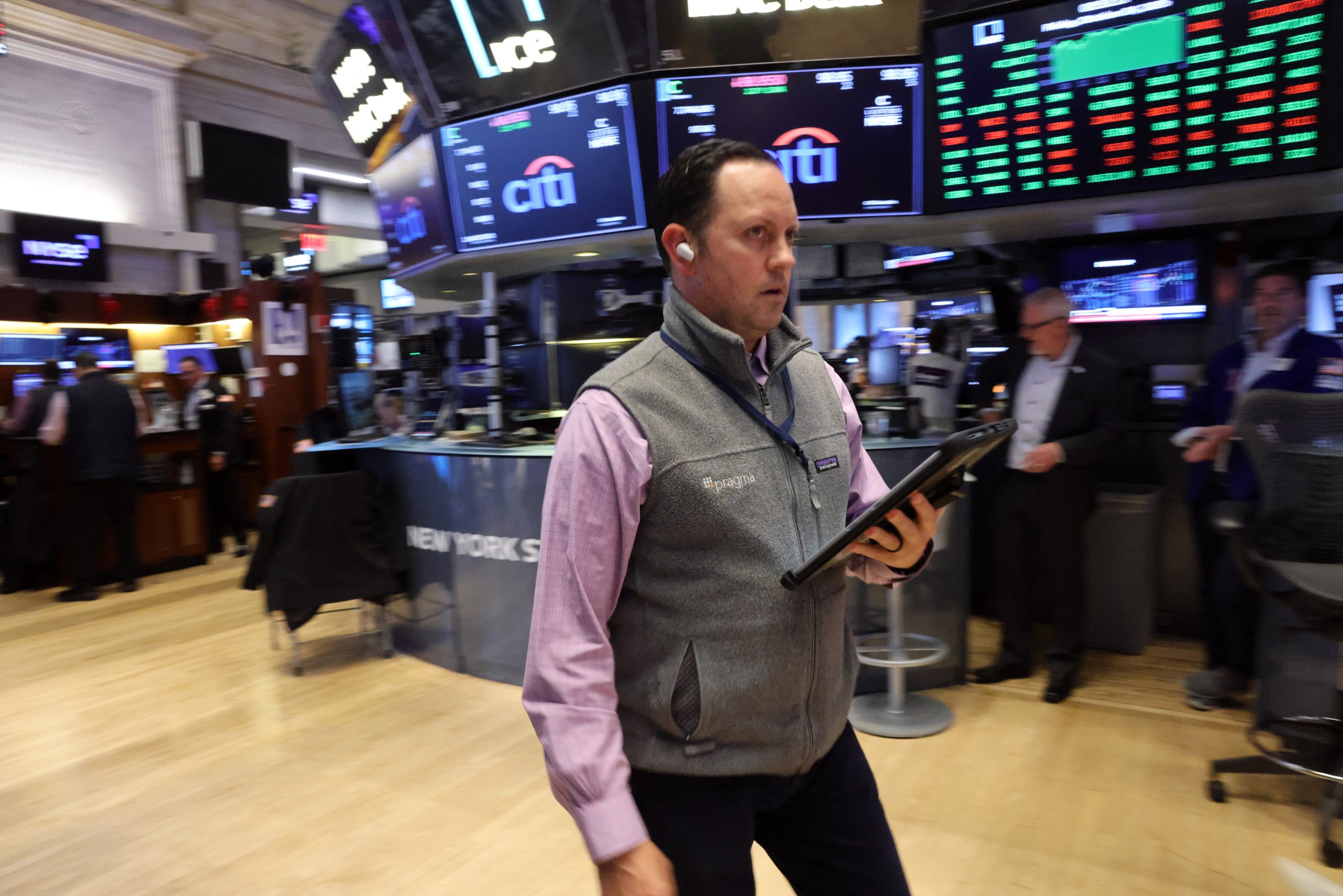The Great Disconnect: Layoffs Rise as Wall Street Celebrates
The U.S. economy is presenting a perplexing paradox: while major corporations are announcing significant layoffs, the stock market continues its upward trajectory, reaching record highs. This disconnect between Main Street and Wall Street has left economists and investors alike scratching their heads, questioning the true health of the American economy. Recent data paints a concerning picture of the labor market, yet the markets seem unfazed, driven by factors seemingly detached from employment realities.
Diving into the Labor Market’s Murky Waters
According to data from the Chicago Federal Reserve, the rate at which employers are hiring has been steadily declining, while the rate of layoffs is on the rise. The unemployment rate is inching upwards, and overall job growth has shown signs of deceleration. Adding to the uncertainty is the recent government shutdown, which has disrupted the flow of timely and reliable economic data, making it difficult to get a clear and up-to-date picture of the labor market’s current state. The most recent numbers may not reflect the current economic reality.
Adding fuel to the fire, several major companies have announced substantial workforce reductions in recent weeks. Amazon let go of approximately 14,000 employees, UPS shed 48,000 jobs, Intel cut 25,000 positions, Microsoft eliminated 15,000 roles, and Accenture reduced its workforce by 11,000. These widespread layoffs across various sectors suggest a potential slowdown in economic activity and decreased consumer demand.
Why the Market’s Optimism Amidst Job Losses?
So, why is the stock market booming despite the gloomy employment landscape? Several factors may be contributing to this divergence. Firstly, stock market performance is not always a direct reflection of the current economic situation. It is often forward-looking, anticipating future earnings and growth potential. Investors may be betting on the long-term success of these companies, even if they are currently undergoing restructuring and cost-cutting measures.
Secondly, the layoffs themselves could be perceived as a positive sign by investors. Companies streamlining their operations and reducing expenses might be seen as becoming more efficient and profitable in the long run. This could lead to increased investor confidence and drive up stock prices.
Finally, broader macroeconomic factors, such as low interest rates and government stimulus measures, can also influence stock market performance, independent of the labor market. Easy access to capital and increased liquidity can fuel investment and drive up asset prices, even in the face of economic uncertainty.
Navigating the Economic Uncertainty
The disconnect between the labor market and the stock market highlights the complexities of the modern economy. While the stock market may be celebrating, it’s crucial to acknowledge the real-world impact of job losses on individuals and communities. Whether this divergence is a temporary anomaly or a sign of a more fundamental shift in the relationship between employment and economic growth remains to be seen. Investors and policymakers alike need to carefully monitor economic indicators and consider the long-term implications of these trends.
Based on materials: Vox





